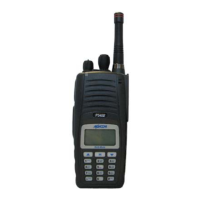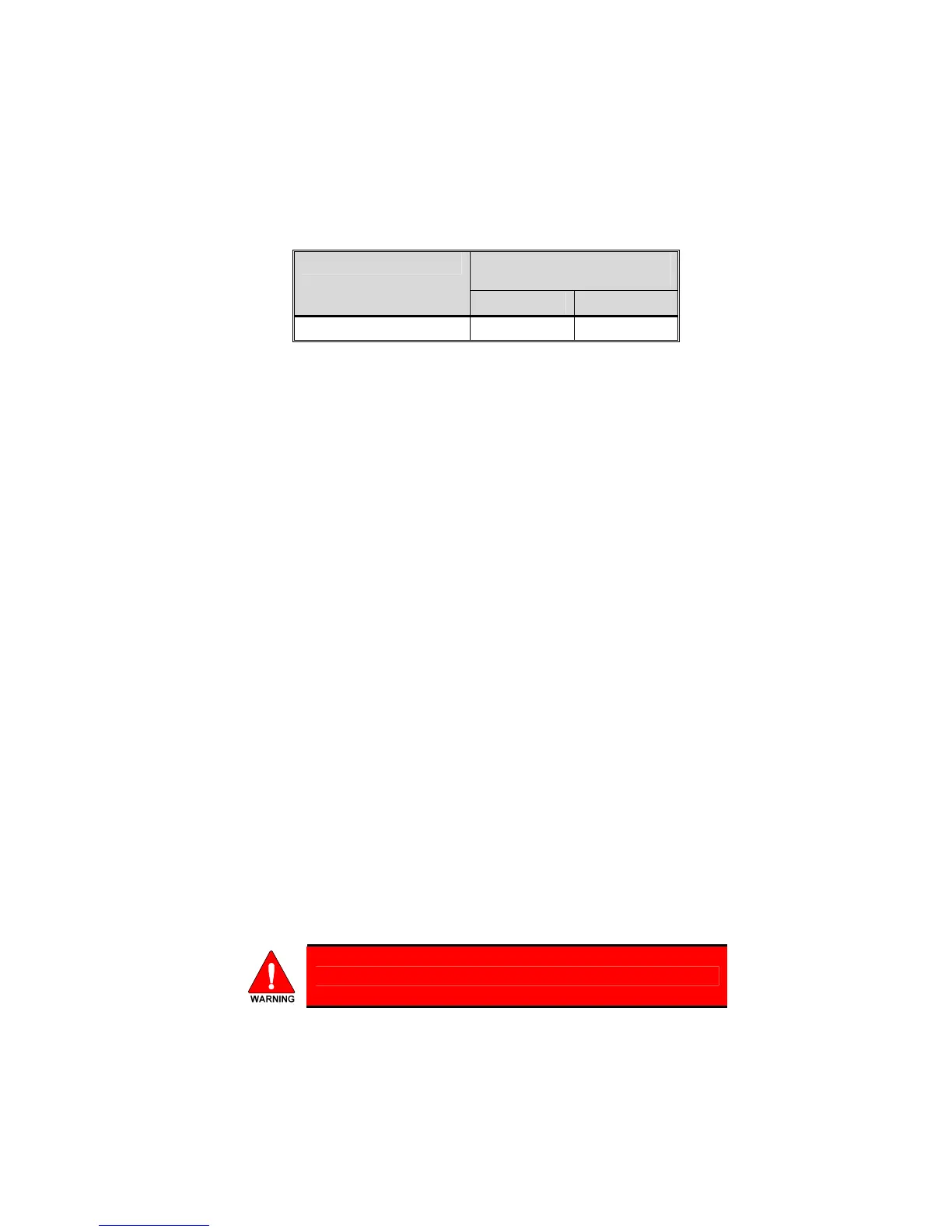transmission, M/A-COM recommends you hold the microphone at least 5 cm (2
inches) from your mouth, and slightly off to one side.
Table 1-1: RF Exposure Compliance Testing Distances
TESTED DISTANCES
(worst case scenario)
RADIO FREQUENCY
Body Face
378-430 MHz 1.1 cm 2.5 cm
The information in this section provides the information needed to make the user aware
of a RF exposure, and what to do to assure that this radio operates within the FCC RF
exposure limits of this radio.
2.2 ELECTROMAGNETIC
INTERFERENCE/COMPATIBILITY
During transmissions, this M/A-COM radio generates RF energy that can possibly
cause interference with other devices or systems. To avoid such interference, turn off
the radio in areas where signs are posted to do so. DO NOT operate the transmitter in
areas that are sensitive to electromagnetic radiation such as hospitals, aircraft, and
blasting sites.
3 OPERATING TIPS
Antenna location and condition are important when operating a portable radio.
Operating the radio in low lying areas or terrain, under power lines or bridges, inside of
a vehicle or in a metal framed building can severely reduce the range of the unit.
Mountains can also reduce the range of the unit.
In areas where transmission or reception is poor, some improvement may be obtained
by ensuring that the antenna is vertical. Moving a few yards in another direction or
moving to a higher elevation may also improve communications. Vehicular operation
can be aided with the use of an externally mounted antenna.
Battery condition is another important factor in the trouble free operation of a portable
radio. Always properly charge the batteries.
3.1 EFFICIENT RADIO OPERATION
For optimum audio clarity at the receiving radio(s), hold the portable radio
approximately three inches from your mouth and speak into the microphone at a
normal voice level.
Keep the antenna in a vertical position when receiving or transmitting a message.
Do NOT hold onto the antenna when the radio is powered on.
5

